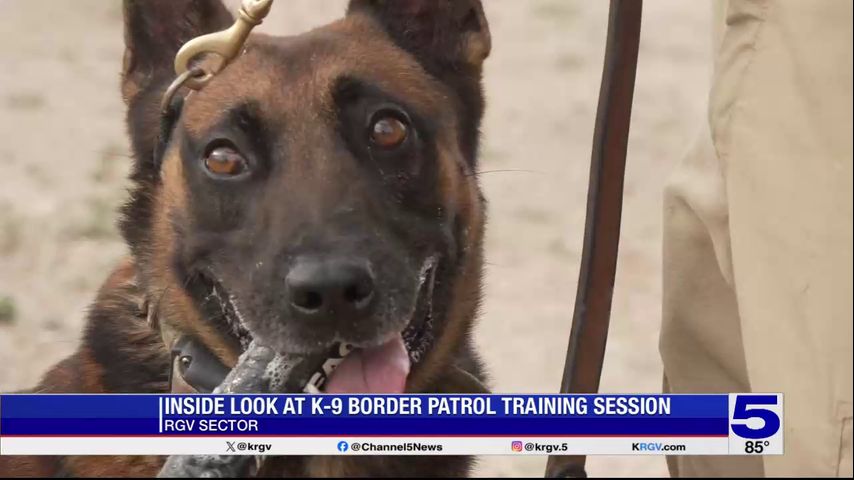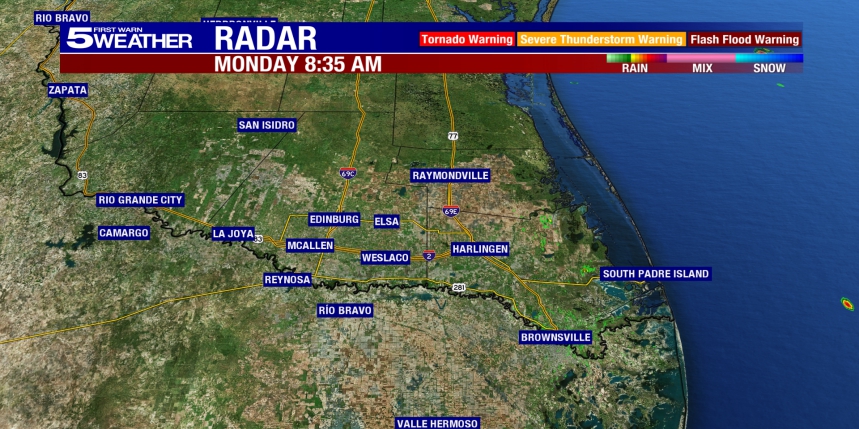‘They’re vital to the operation:’ Inside look at Border Patrol’s K-9 unit
These Border Patrol agents may not wear the green vest or combat boots, but they're just as important to border security.
Over 130 canines work to find drugs and people in the Border Patrol’s Rio Grande Valley sector.
Border Patrol officials said frequent trainings between the K-9 officers and their handlers are important to keep the working relationship.
“You're with them 10 hours a day at work, and then at home taking care of them, so the bond is really strong,” Border Patrol RGV Sector K-9 Supervisor Arnold De Leon said.
K-9 officer Melon sniffs out drugs in different vehicles. Other K-9 officers, such as Tina, look for humans hiding in trailers.
Their reward: a chew toy.
“Any person going to work, they expect a paycheck. For us, it's easy because it's a rubber toy,” De Leon said.
These K-9s work in the thick brush for hours on end. Unlike people, they can't say when they're too hot or overworked. That's where the human agents come in.
“Handlers go through a course to keep an eye on the dog and look for signs of dehydration,” De Leon said.
Because the dogs are on their four feet all day long, handlers have to look out for their paws.
K-9 officers and their handlers are put in dangerous situations almost daily. But together, they're able to keep each other — and the Valley — safe.
“They're vital in the operation,” De Leon said. “You would have to open every door, every trunk to search that vehicle thoroughly. The dog can do it in a matter of seconds with his nose."
Watch the video above for the full story.





